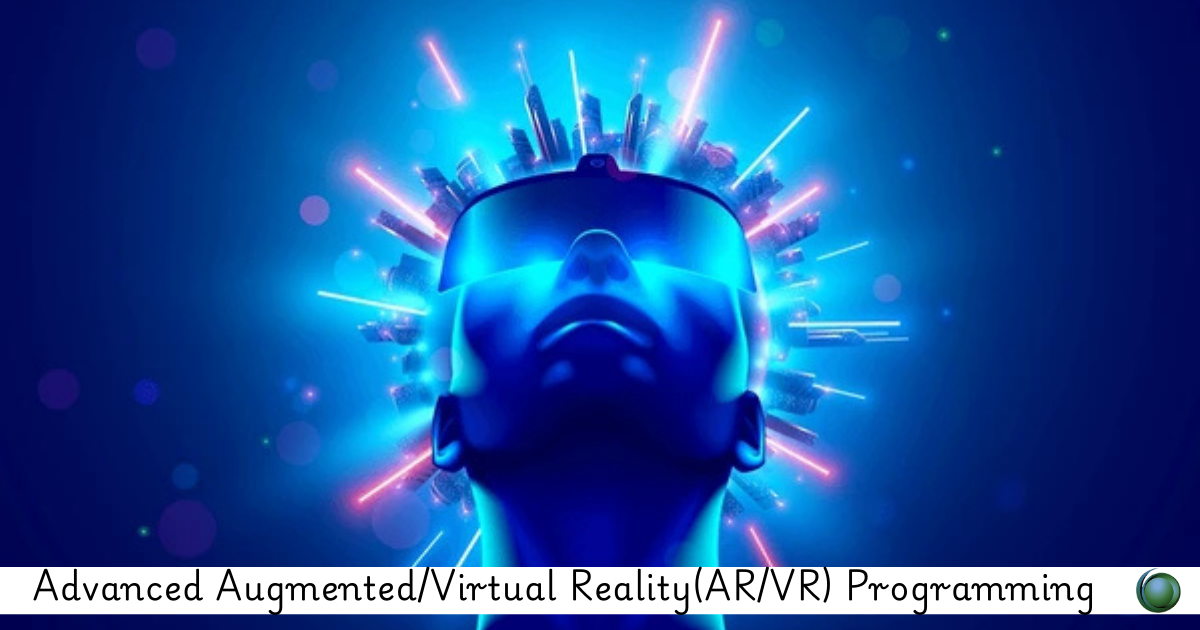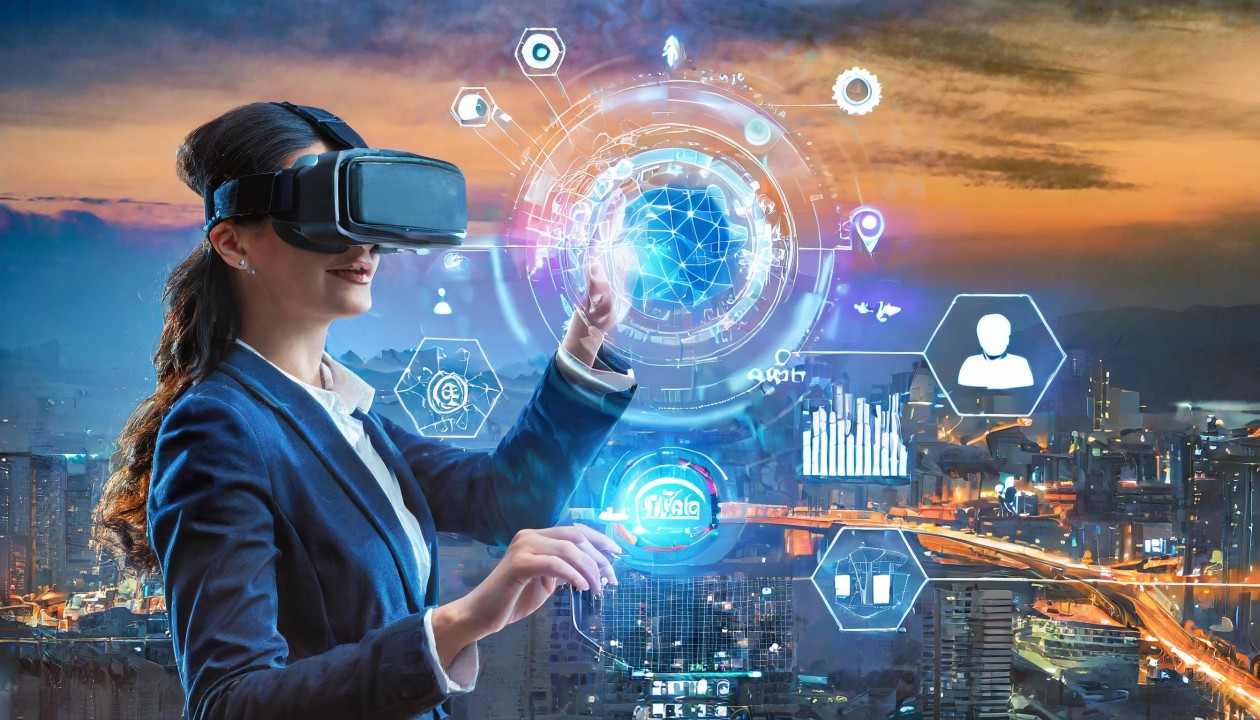1: Advanced AR/VR Development Environments
1.1 Setting Up AR/VR Development Projects
1.1.1 Advanced configuration for Unity and Unreal Engine
1.1.2 Overview of ARCore, ARKit, and other AR frameworks
1.2 Cross-Platform Development for AR/VR
1.2.1 Handling differences between mobile AR, VR, and mixed reality devices
1.2.2 Setting up projects for cross-platform development (Oculus, HTC Vive, HoloLens)
2: Advanced Rendering Techniques for AR/VR
2.1 Optimizing Real-Time Rendering for AR/VR
2.1.1 Techniques to optimize frame rates and latency
2.1.2 Managing rendering pipelines in Unity/Unreal for real-time performance
2.2 Lighting, Shading, and Post-Processing
2.2.1 Advanced lighting techniques (baked and real-time)
2.2.2 Using shaders for AR/VR effects and realism
3: Complex Interactions and Input Handling
3.1 Advanced Input Systems for AR/VR
3.1.1 Integrating complex input devices (VR controllers, hand tracking, eye tracking)
3.1.2 Gesture recognition and input mapping
3.2 Building Custom Interaction Systems
3.2.1 Developing advanced object manipulation and interaction systems
3.2.2 Creating responsive user interfaces in AR/VR environments
3.3 Using Physics and AI for Realistic Interactions
3.3.1 Implementing AI to drive interactive behaviors
3.3.2 Enhancing interactions with physics-based systems
4: Multiplayer and Networked AR/VR Experiences
4.1 Introduction to Multiplayer AR/VR
4.1.1 Building multiplayer AR/VR applications using Unity or Unreal Engine
4.1.2 Synchronizing virtual spaces across users
4.2 Networking in AR/VR
4.2.1 Setting up network architectures for low-latency communication
4.2.2 Using cloud services and dedicated servers for multiplayer VR
4.3 Handling User Interactions in Shared Virtual Spaces
4.3.1 Techniques for syncing user actions and objects in networked environments
5: Integrating Machine Learning and AR/VR
5.1 AI and Machine Learning for AR/VR Applications
5.1.1 Using AI for object recognition and scene understanding in AR
5.1.2 AI-driven NPC behavior in VR environments
5.2 Real-Time Computer Vision in AR/VR
5.2.1 Integrating computer vision libraries (e.g., OpenCV)
5.2.2 Real-time environment mapping and object detection for AR
5.3 Creating Adaptive User Experiences
5.3.1 Leveraging machine learning for personalized and adaptive VR experiences
6: Performance Optimization and Debugging
6.1 Performance Profiling and Debugging in AR/VR
6.1.1 Tools for measuring performance in Unity and Unreal Engine(Ref: Web-Based Augmented/Virtual Reality(AR/VR) Development)
6.1.2 Identifying and resolving bottlenecks in AR/VR applications
6.2 Memory Management and Resource Optimization
6.2.1 Efficient handling of assets for memory-constrained AR/VR platforms
6.2.2 Managing textures, animations, and 3D assets for smooth performance
6.3 Optimizing for Mobile AR/VR
6.3.1 Techniques for optimizing applications on mobile devices (ARCore, ARKit)
7: Advanced Deployment and Publishing Techniques
7.1 Packaging and Deploying AR/VR Applications
7.1.1 Preparing AR/VR applications for various platforms (iOS, Android, PC, consoles)
7.1.2 Publishing applications to platforms like SteamVR, Oculus Store, and Google Play
7.2 Handling Platform-Specific Features and Limitations
7.2.1 Addressing hardware-specific constraints and optimizations
7.2.2 Implementing platform-specific features (hand tracking, eye tracking, etc.)
7.3 Cross-Platform Testing and Debugging
7.3.1 Testing for consistency across devices and operating systems
8: Final Project and Future of AR/VR Development
8.1 Building an Advanced AR/VR Application
8.1.1 Participants create a fully functional AR/VR project incorporating advanced techniques
8.1.2 Focus on interactivity, optimization, and cross-platform performance
8.2 Final Project Presentation and Peer Review
8.2.1 Presenting and reviewing projects, gathering feedback from peers
8.3 Exploring Future Trends in AR/VR Development
8.3.1 The impact of 5G, cloud computing, and AI on AR/VR
8.3.2 Emerging tools and technologies shaping the future of AR/VR programming







Reviews
There are no reviews yet.